Originally published February 2015.
The Fianna
Wikipedia describes the Fianna (singular fian) as:
“small, semi-independent warrior bands in Irish mythology and Scottish mythology. They are featured in the stories of the Fenian Cycle, where they are led by Fionn mac Cumhaill. They are based on historical bands of landless young men in early medieval Ireland known as kerns.”
And it explains that references in Medieval Irish law describe a fian as made up of landless young men and women, sometimes including young nobles who had not yet come into their inheritance. In more modern times the word seems to have evolved from the “Fennians” who were the war band of Fionn Mac Cumhaill into the English term Fenian used for the Irish rebels who fought for an independent Irish republic.
I recently ran across a slightly different, possibly older, explanation of the Fianna. It said that it was part of an early tribal tradition that was not uncommon across Europe and and ranged as far as India. (Unfortunately the article didn’t supply references outside of a couple unsourced quotes). At a certain age young men would leave the tribe and spend a period of time in the wilderness probably as a training and coming-of-age rite. They would adopt new names, go naked and live off the land. They would gather together in bands fight with each other and harass or raid the regular folk. (-I assume, preferably those of other tribes…) After some amount of allotted time they might return to their tribes as men, presumably ready to marry, but hardened warriors who could live off the land and were ready to fight in wartime.
The ninth century text “The Instructions of Cormac“ is a dialogue between the legendary High-King of Ireland, Cormac mac Airt, and his son, and may describe this practice:
“What were your deeds when you were a young man?”
“Not hard to tell,” said Cormac.
“I would slay a boar, I would follow a track when I was alone, I would march against a band of five when I was one of five, I was ready to slay and wreck when I was one of ten, I was ready for a raid when I was one of twenty, I was ready to give battle when I was one of a hundred. Those were my deeds!”
Although considered more a collection of traditions than accurate history, Geoffrey Keating, in his 17th-century History of Ireland, said that during the winter the Fianna were quartered and fed by the nobility. But during the summer, from Beltaine to Samhain, they would live by hunting for food and for pelts to sell.
The Fianna, thus, depending on the region, or era, may have been a combination of independent bands of un-landed men, the local tribe’s, or noble’s warrior band that might be called up in times of need, as well as part of a rite of passage into manhood.
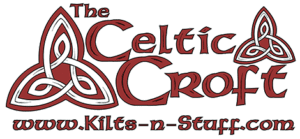
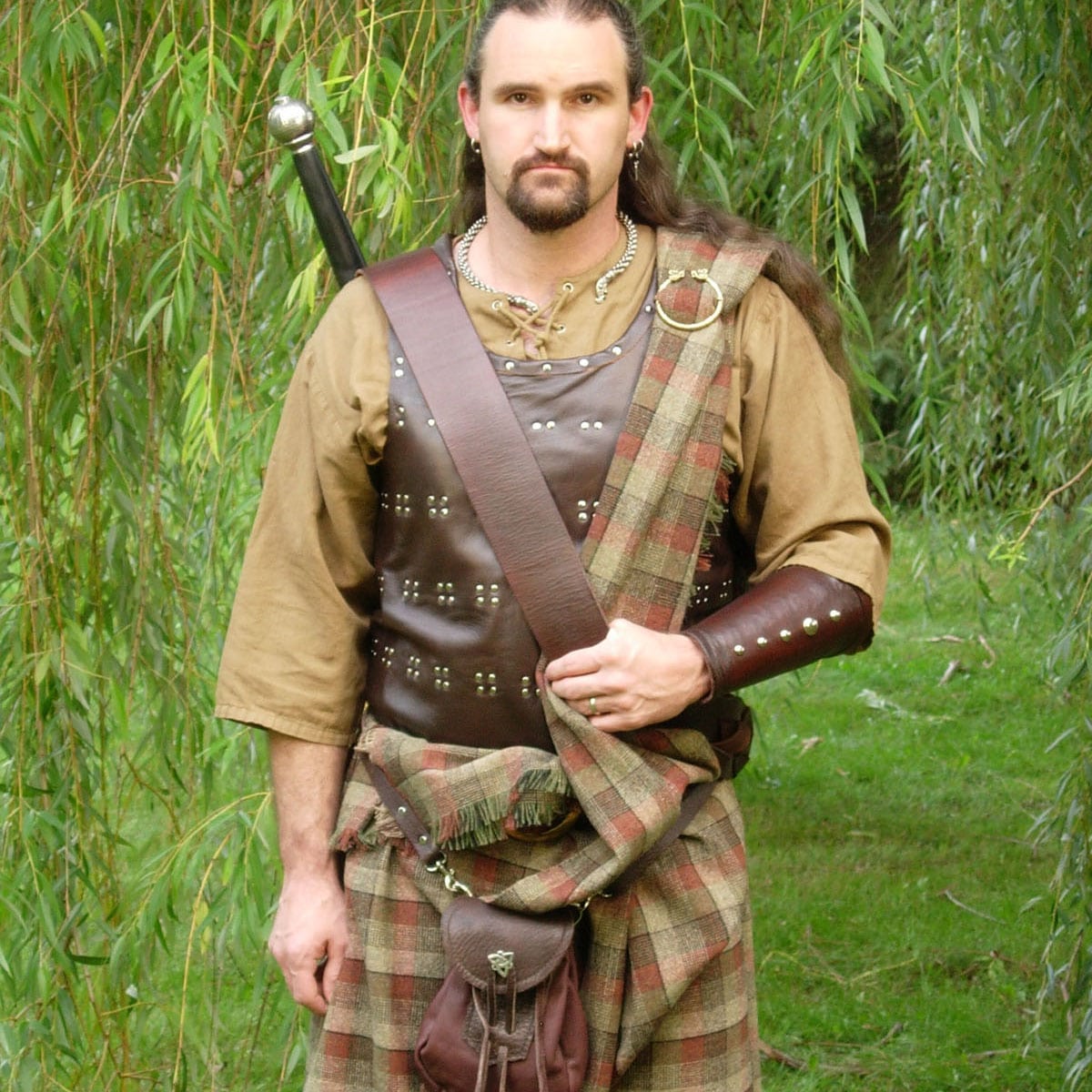
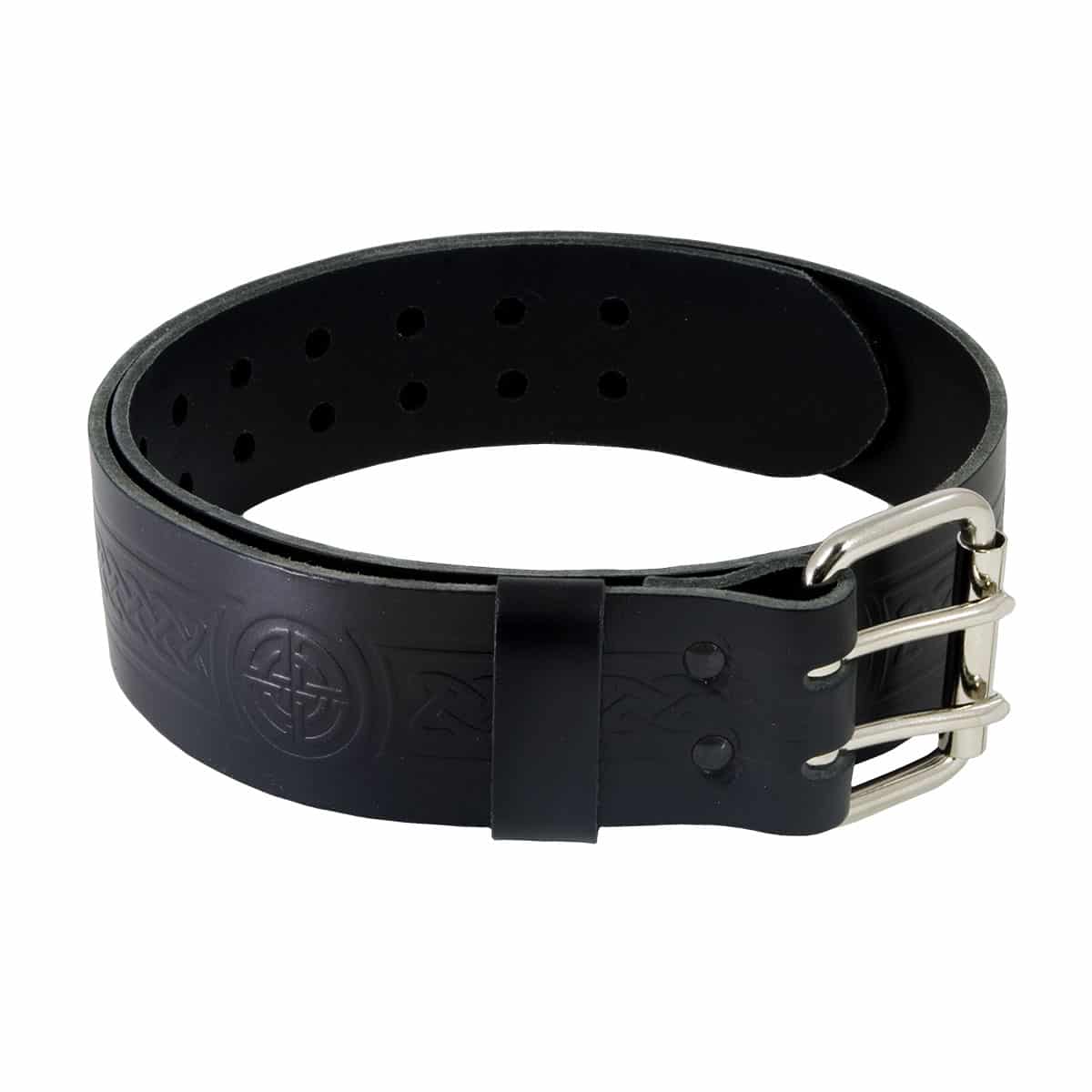
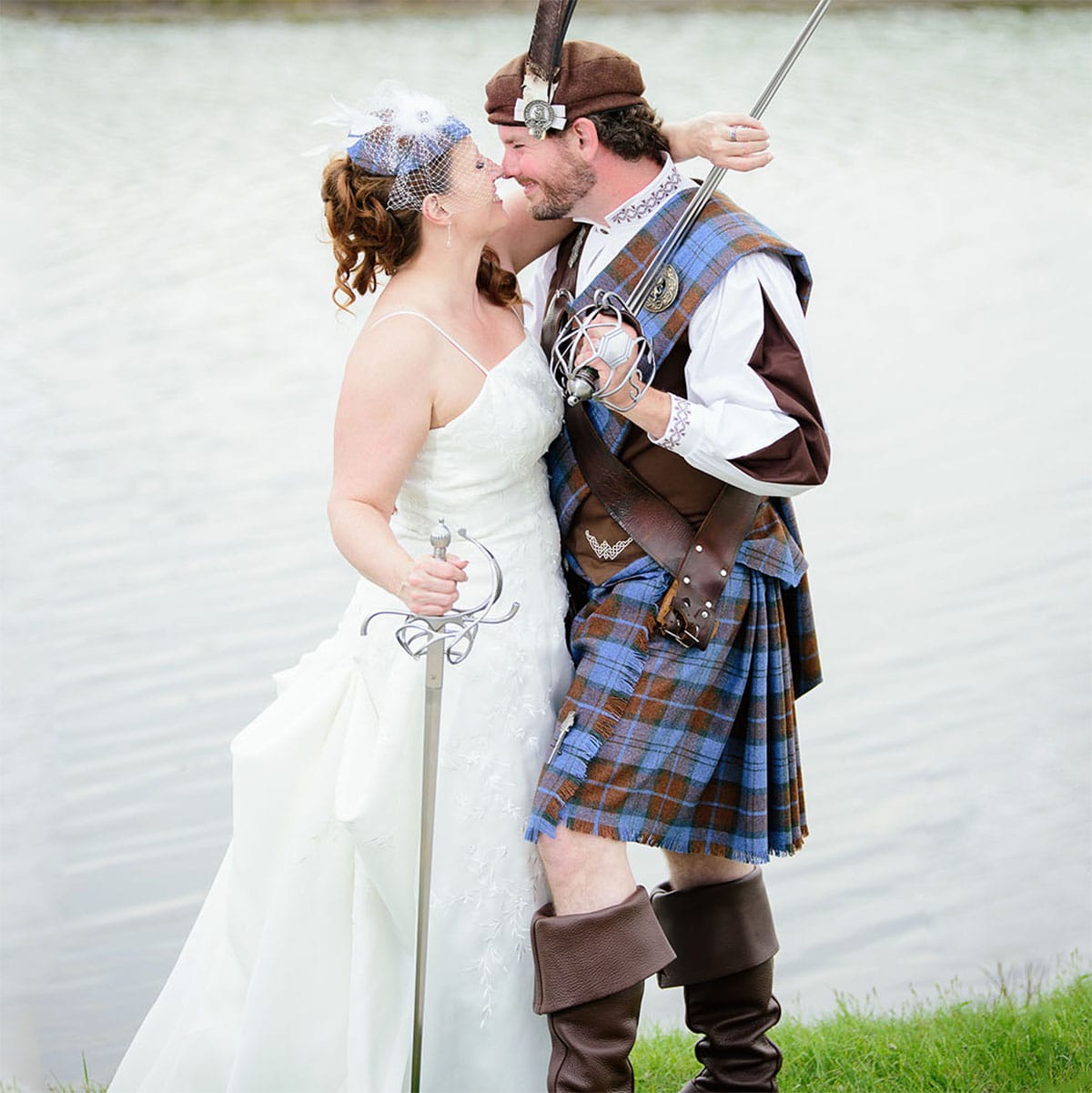
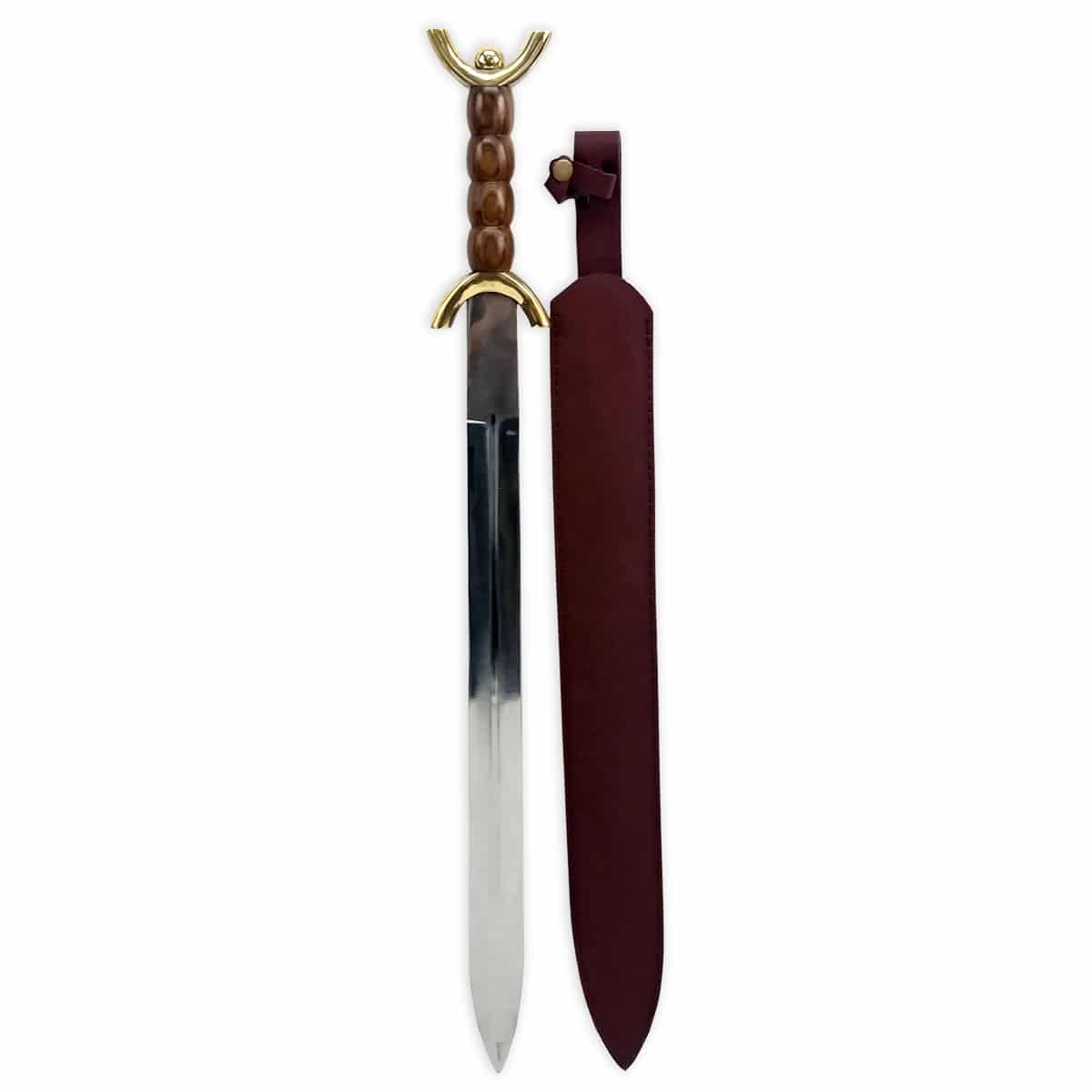
1 Comment. Leave new
Really like the information presented here. I am able to learn more of my heritage.